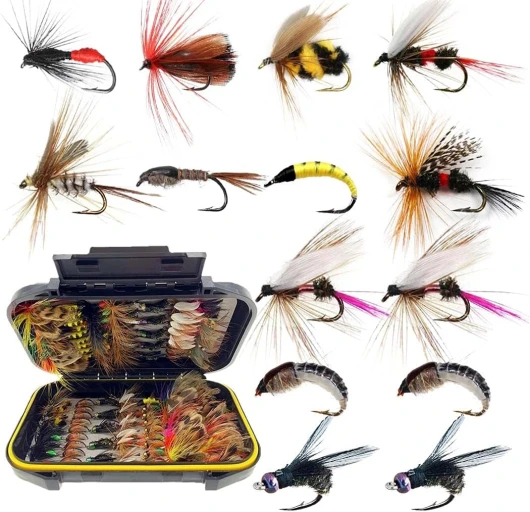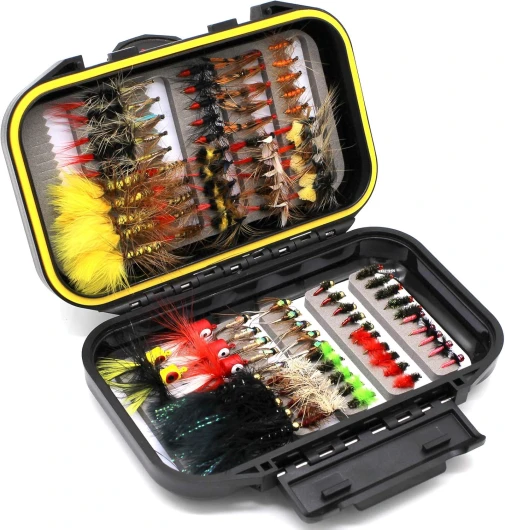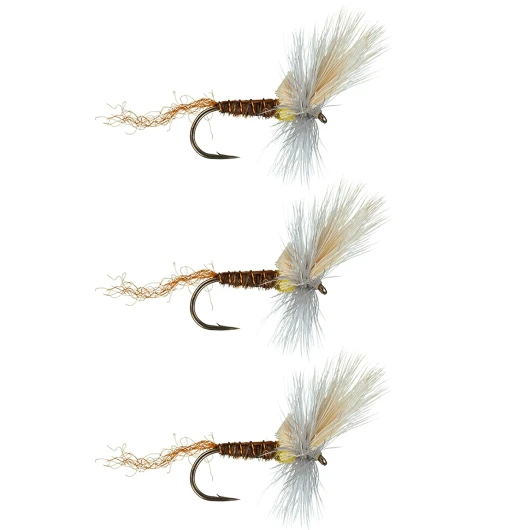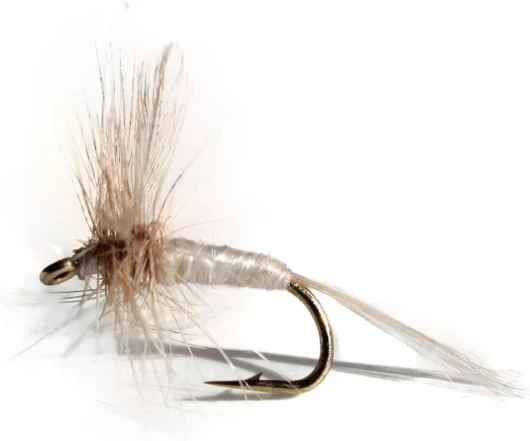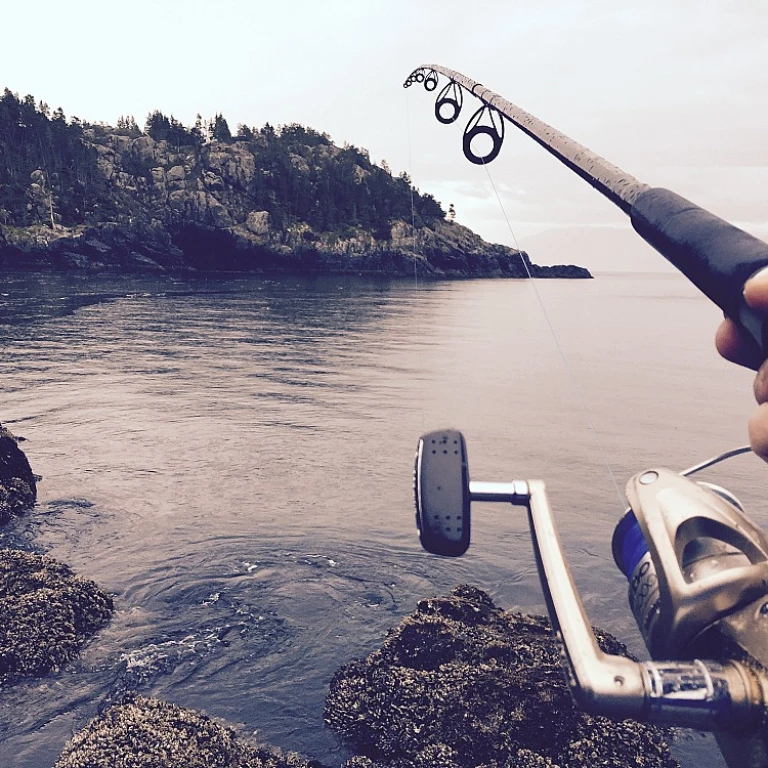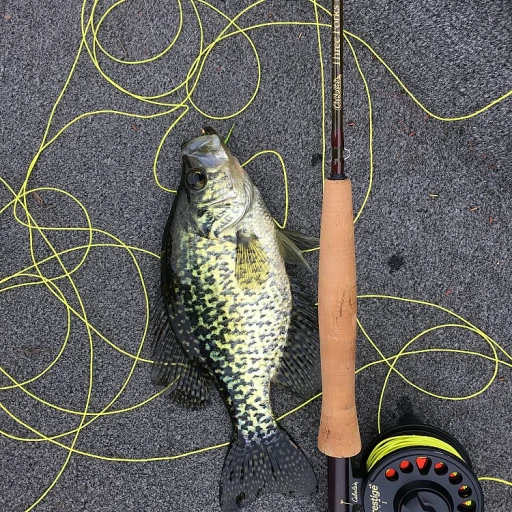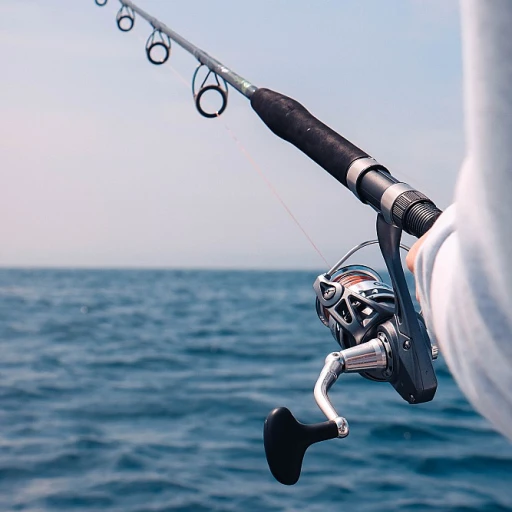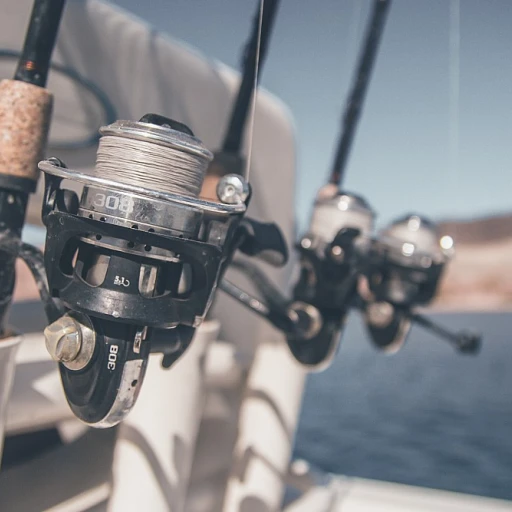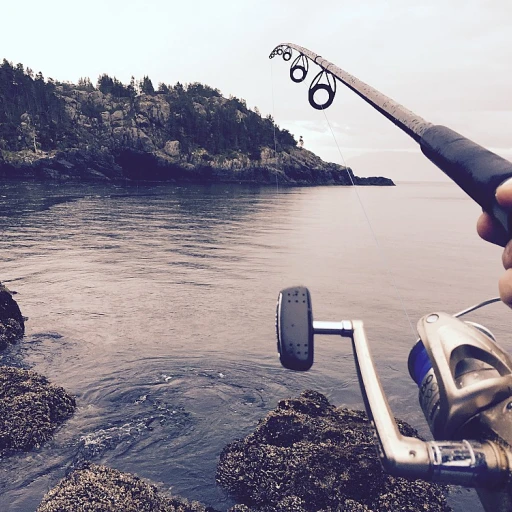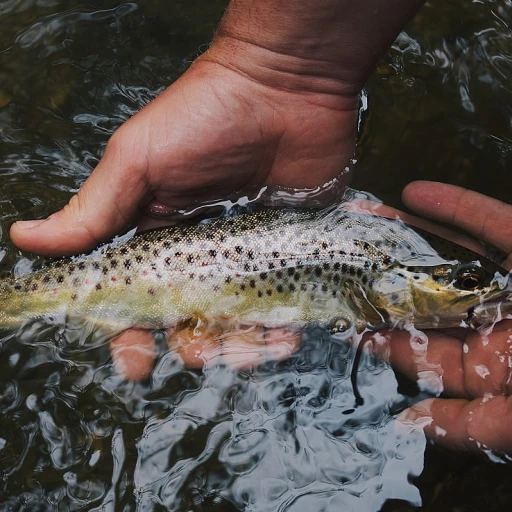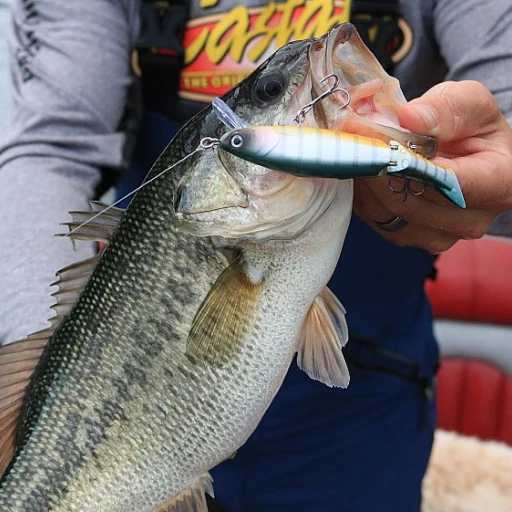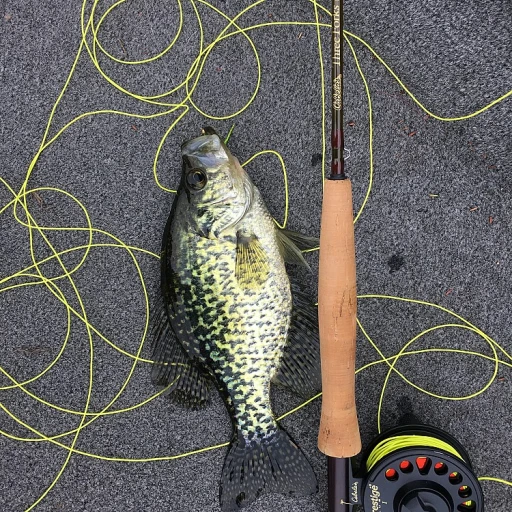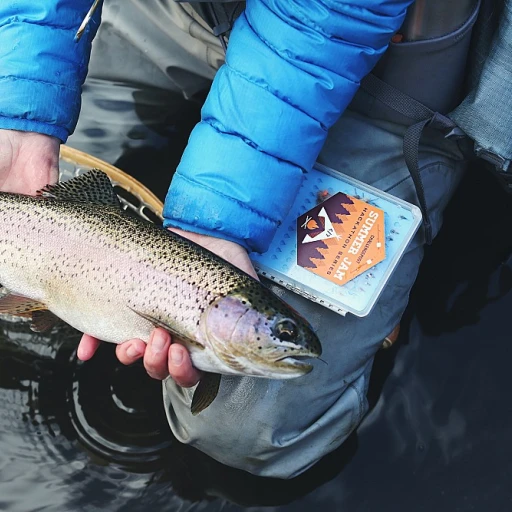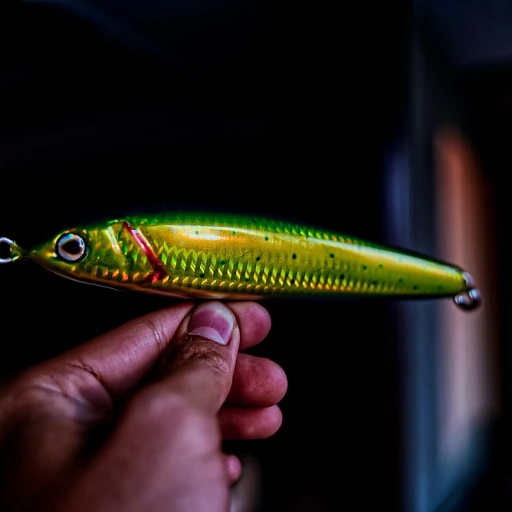
Understanding the Pale Morning Dun Fly
Unveiling the Mystique of the Pale Morning Dun
The Pale Morning Dun, often abbreviated as PMD, is a captivating fly that holds a special place in the hearts of fly fishing enthusiasts. Known scientifically as Ephemerella excrucians and Ephemerella dorothea, this mayfly species is a staple in the diet of trout, making it a must-have in any angler's fly box. The PMD hatch is a phenomenon that many anglers eagerly anticipate, as it signals a feeding frenzy among fish, particularly trout, in rivers across North America.
Characterized by its pale yellow color, the Pale Morning Dun emerges primarily during the late morning hours, offering a window of opportunity for anglers to capitalize on the surface activity. The dun mayfly, with its delicate wings and slender body, is a perfect imitation of the natural insect, making it an effective choice for fly fishing.
Understanding the life cycle of the PMD is crucial for successful fishing. These mayflies begin their life as nymphs, residing in the riverbed until they mature and rise to the surface as duns. This transition is a critical moment for anglers, as trout are known to feed aggressively on both the emerging nymphs and the adult duns. The spinner phase, where the mayfly returns to the water to lay eggs, also presents an excellent opportunity for fishing.
For those looking to expand their fly collection, exploring top flies for catching smallmouth bass can offer insights into versatile fly patterns that might complement your PMD selection.
As you delve deeper into the art of using the Pale Morning Dun, consider the various fly patterns available, such as the dry fly and the spinner rusty, to match the specific conditions of your fishing environment. Whether you're fishing the renowned waters of Henry's Fork or the Fork Snake River, understanding the nuances of the PMD will enhance your fly fishing experience.
Choosing the Right Gear for Pale Morning Dun Fly Fishing
Equip Yourself for Success
When embarking on an adventure to master the pale morning dun (PMD) fly in fly fishing, selecting the appropriate gear is crucial. Known for imitating the Ephemerella excrucians and Ephemerella dorothea mayflies, the PMD fly can entice a variety of species. Proper gear enhances your ability to effectively mimic these pale yellow and dun mayflies, ensuring a fruitful outing.
To get started, a versatile fly rod, typically in a 4 to 6 weight, paired with a reel capable of smooth drag adjustment is essential. This combination allows you to present the fly gently on the water's surface, mimicking the subtle motions of a dun mayfly. Choose a floating line to keep your PMD dry fly riding high, accentuating the delicate presentation needed to lure elusive trout during a hatch.
When it comes to fly patterns, the PMD spinner and nymph provide options to match both the hatch and spinner falls. Crafting a leader that tapers to around four to five feet ends in a lightweight tippet to improve the fly's lifelike drift. This is especially important when targeting species like trout in picturesque rivers such as the Fork Snake or Henry Fork.
If you're unsure of which fly pattern to select, guided trips can often lend insight into locally effective options like the pheasant tail nymph or a pale morning dun spinner rusty variant. Mastering the art of using flies for walleye fishing can also enhance your adaptability in selecting gear not just for trout, but across different fishing scenarios.
Techniques for Effective Use of the Pale Morning Dun Fly
Mastering Techniques for Pale Morning Dun Fly Fishing
When you're ready to cast your pale morning dun fly, it's important to focus on the techniques that can maximize your success. The PMD fly is an excellent mimicry of the natural dun mayfly and can be highly effective if used correctly. It’s important to know how to present the fly to the fish, considering the intricacies and beauty of the morning duns. Start by observing the water surface for any activity, such as hatch occurrences or spinner falls, which provide great opportunities to use your pale morning dun. When fishing in a river, cast slightly upstream to allow the fly to drift naturally with the current. Dry fly presentations are optimal when the fish are actively feeding on or near the surface. Experiment with different fly patterns, such as the PMD nymph or even a rusty spinner, if conditions call for it. Using a pheasant tail nymph could also yield impressive results, especially if the fish are feeding below the surface. Keep in mind that species preferences might vary, with some trout attracted to the vivid colors of the pale yellow fly. When fishing in regions like Henry's Fork, it's essential to adapt based on the specific water conditions and trout behaviors. In late morning, as the sun warms the water, adjust your tactics to match the mood and feeding habits of the fish. Ephemerella species, like the ephemerella dorothea and ephemerella excrucians, demand flexibility, as their presence can heavily influence a hatch. Incorporating diverse techniques and being adaptive in your approach is key to enhancing your fly fishing experience. Whether on a guided trip or solo adventure, mastering the art of PMD fishing can be a rewarding journey. For additional insights on improving your outdoor ventures, consider enhancing your fishing experience with suitable equipment to bolster your skillset and confidence on the water. Enhancing your fishing experience is part of an ongoing journey in the world of fly fishing.Seasonal Considerations for Pale Morning Dun Fly Fishing
Timing Your Pale Morning Dun Fishing Expeditions
Fly fishing enthusiasts eagerly await the PMD hatch period, which typically occurs from late spring into late summer. However, timing isn't purely about the season. It's crucial to align your fishing sessions with the time of day when the PMDs are most active. Often, these mayfly species start emerging from late morning, making it an optimal window for catching the hatch. Anglers will notice the trout becoming more surface-active as they target the floating duns.
Adapt to Changing Conditions Throughout the Day
The behavioral patterns of the Pale Morning Dun vary as the day progresses. Initially, you'll witness nymphs making their way to the water's surface to transition into duns. During this period, nymph patterns like the pheasant tail can prove effective. As the day shifts to late morning and early afternoon, your focus should shift to dry flies mimicking the dun mayfly. In some locations, such as Henry's Fork and Fork Snake River, late afternoon brings about the spinner fall. A pattern like the spinner rusty can be invaluable during these times.
Understanding Regional Differences
The success of your Pale Morning Dun encounters can also depend on geographical factors. For instance, rivers with cooler temperatures will see PMD hatches later than warmer waters. The species of Ephemerella may vary slightly, ranging from Ephemerella excrucians to Ephemerella dorothea, which can influence the color and size of the flies required. Anglers should always be prepared with an assortment of fly patterns to adapt to local conditions and ensure a fruitful day on the water.
Common Challenges and Solutions in Pale Morning Dun Fly Fishing
Overcoming Obstacles While Pursuing Pale Morning Duns
Fly fishing for trout can often present its fair share of challenges, especially when targeting the elusive Pale Morning Dun (PMD). Encountering a pmd hatch on the river, while thrilling, requires an angler to refine their skills and adapt their strategies.
Firstly, selecting the appropriate fly patterns is crucial. A poorly chosen fly—be it a nymph, a dry fly, or a spinner—may lessen your chances of attracting these picky fish. Matching the size and color of the actual mayfly, such as the dun mayfly or ephemerella excrucians, will enhance the likelihood of a catch. Opting for a pale yellow hue often mirrors the natural PMDs best.
Seasonal timing also plays a pivotal role. Late morning to afternoon is typically the prime window when duns emerge and mayflies rise to the surface. During these times, the right fly pattern can make a significant difference. It's worth investing in guided trips to better understand these patterns.
Another common obstacle is the changing conditions of the river. Unpredictable weather or fluctuating water levels in areas like Henry's Fork or Fork Snake can impact the behavior of the morning duns. Adapting your fly fishing techniques to suit these conditions can involve switching from dry flies to nymphs or utilizing a spinner rusty fly.
Finally, keep in mind that trout too are highly adaptable. Familiarizing yourself with the specific species in your fishing area will refine your approach. Whether you are dealing with ephemerella dorothea or other variations, acknowledging their preferences for food and habitat will aid your tactics in the pursuit of PMD. Through practice and informed adjustments, the fly fishing experience can become not only more successful but also profoundly rewarding.
Enhancing Your Fly Fishing Experience
Maximizing Your Fly Fishing Adventure
To truly make the most of your experience with the Pale Morning Dun fly, consider a few strategies that can enhance your time by the water. Understanding how to make the best of varying conditions and knowing when to switch between different tactics can often turn a challenging day into a rewarding one.- Stay Adaptable: Paying attention to the behavior of trout during a pmd hatch is crucial. Sometimes, despite your best efforts, trout may not be rising for duns. In such cases, switching to a nymph or emerger pattern, such as a pheasant tail, can be effective. It’s all about reading the river and the fish.
- Time Your Sessions: As mentioned before, the ephemerella dorothea and other morning duns can be quite active during the late morning. Knowing the timing of spinner falls and when these insects are actively on the surface can help align your fishing sessions with optimal feeding times for trout.
- Embrace Professional Guidance: If you're struggling, joining guided trips can be beneficial. Experts can offer insights into local water conditions on rivers like the Henry's Fork or Fork Snake, which may not be evident to the untrained eye.
- Experiment with Fly Patterns: Don’t hesitate to experiment with various fly patterns tailored to the Pale Morning Dun, like the spinner rusty or other dry fly imitations. Each has its unique attraction depending on light conditions and the specific river ecosystem.
- Appreciate the Journey: Finally, remember that fly fishing isn't just about the catch. Enjoy the tranquility of the water and the beauty of the mayfly hatch. The opportunity to test your skills against the elusive trout in diverse habitats is an experience in itself.

